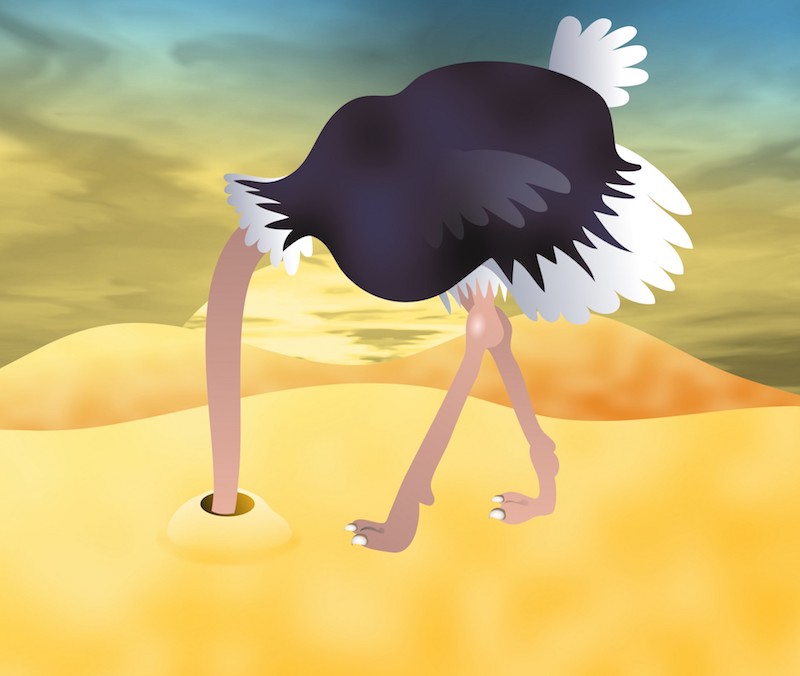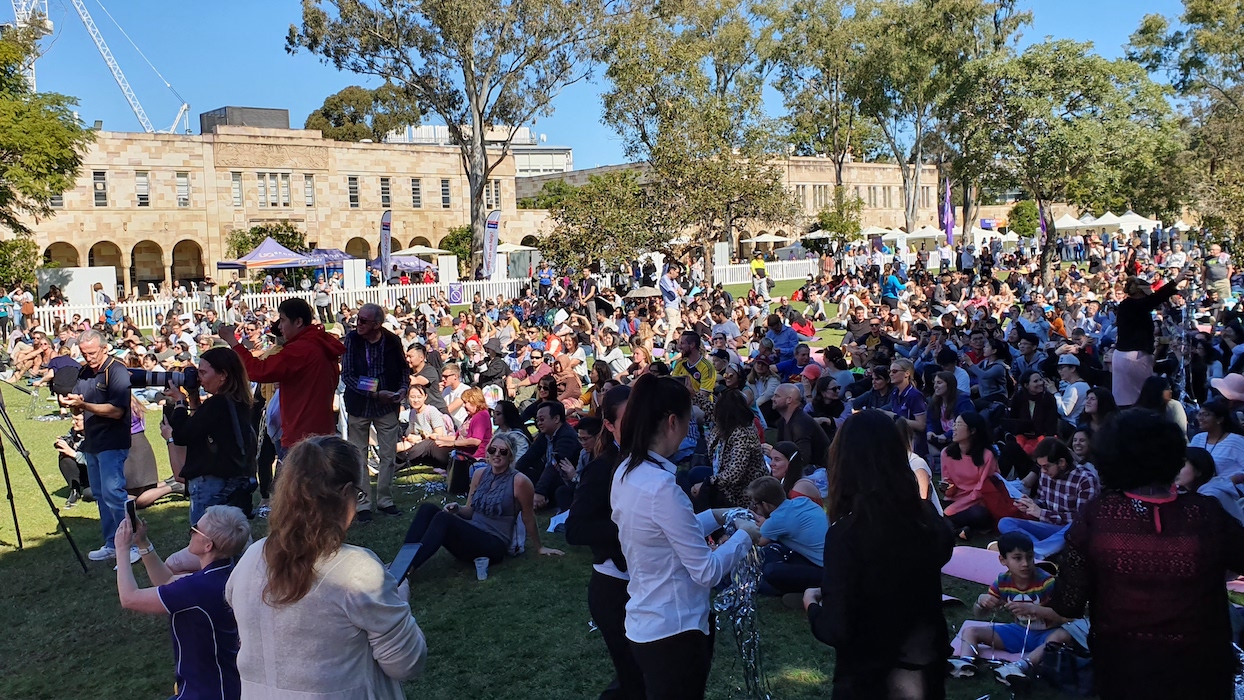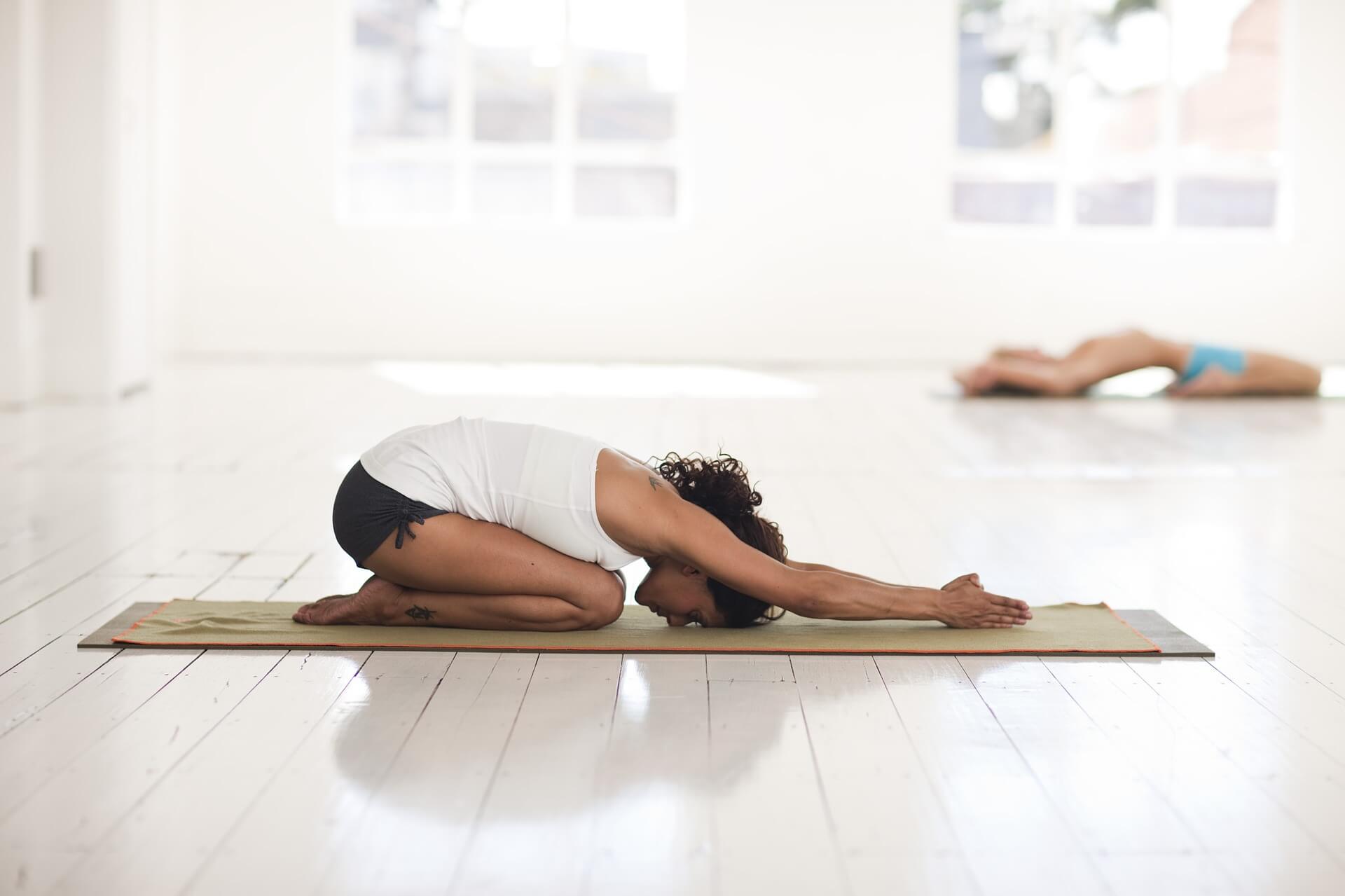Fortunately, the emerging field of cognitive neuroscience is making it increasingly clear that you can train your brain to support you in taking a mindful approach to stress. With practice, you can achieve a more relaxed and transcendent state of mind that will override the rigid, anxious, autopilot mode that stress creates. Even better, the mental skills needed to make this shift aren’t difficult to master, and they get stronger and stronger with practice.
In this section, we’ll give you a brief lesson in brain anatomy and nervous system physiology so you can better understand how stress affects your brain and body. The brain consists of an elaborate system of neural circuitry that functions, in part, to help you maintain an ongoing balance between your stress and relaxation responses. This balancing act is achieved through continual interactions between two different parts of your nervous system: the reticular activating system and the dorsolateral prefrontal cortex.
The Limbic System
The limbic system is a complex set of brain structures that includes the hippocampus, hypothalamus, amygdala, and other nearby areas of the mammalian brain. It is primarily responsible for processing emotional responses to stress. The limbic system is integrated into an even more basic part of the nervous system: the reticular activating system.
The reticular activating system consists of the primitive part of the brain that produces emotional arousal and the well-known fight-or-flight response. This part of the brain evolved early on to offer protection from all kinds of natural threats to survival. Thus, it’s exquisitely sensitive to any kind of threat— including threats we just imagine. So you can merely think of a stress-producing situation at work or school and trigger numerous physical, emotional, and mental stress reactions, even though you aren’t actually in that situation. The branch of the nervous system that supports all of these stress-related changes is called the sympathetic nervous system (SNS). The name is ironic, because SNS activation makes you anything but sympathetic!
Sympathetic nervous system activation begins when some type of stress is detected that triggers the limbic system. Within a microsecond, the SNS initiates a cascade of changes in the body. Blood flow in the gut is directed instead to large muscle groups, to prepare them for immediate action, as well as areas in the mid-brain. The hypothalamic-pituitary-adrenal axis of your endocrine system works closely with the sympathetic nervous system and releases stress hormones, such as epinephrine (adrenaline) and cortisol, into your bloodstream. These neurochemicals have an immediate impact on blood pressure, heart rate, and skin temperature. The release of cortisol, in particular, also creates cognitive confusion— which is why people under stress often complain of being confused and having difficulty accurately processing information and making decisions.
Unfortunately, even small daily stresses can stimulate the limbic system and produce powerful stress responses. This is why an awkward interaction with a co-worker or classmate can be as stressful as having a tooth extracted. Chronic SNS arousal, a common result of ongoing daily stress, is also thought to be the underlying cause of most stress-related health illnesses, such as hypertension, heart disease, cancer, and diabetes.
The Dorsolateral Prefrontal Cortex
The second part of the brain that plays a key role in our response to stress is the dorsolateral prefrontal cortex. This region of the brain evolved later than the limbic system and is basically responsible for most of the higher-order functions we normally associate with being human: attention, emotion regulation, planning, abstract reasoning, and complex problem solving. This region of the brain is your friend when it comes to managing your response to stress. It’s closely linked with the parasympathetic nervous system (PNS), a part of the brain that puts the brakes on all of the physical changes produced by the SNS. When your PNS is activated, your breathing rate and heart rate slow, your blood pressure decreases, and your blood supply is redirected to your brain.
The good news is that, although the effects of SNS activation are immediate and can seem overwhelmingly intense, in reality the PNS is much stronger. The SNS evolved to help us act quickly and effectively in response to a threat and then shut down once the danger has passed. The basic nature of the SNS is to shut down if it receives any type of signal to do so. Therefore, something as simple as taking one or two deep, slow breaths when you’re under stress will immediately activate your PNS and help the SNS shut down. Better yet, applying the mindfulness techniques you’ll learn in this book will help you counter immediate stress reactions and also produce states of relaxation and clarity of thought that are uniquely associated with prolonged activation of the PNS.
Guidelines for Brain Training
As we’ve mentioned, the brain is a dynamic organ that can be strengthened via mental exercise. So the question isn’t whether the brain can be trained, but how best to train it. As it turns out, there’s quite a bit of new, research-based information on this very topic. We want to share some of the more important findings because they’ll provide guidance in creating your own brain training program and using that program to develop a mindful approach to daily hassles.
Your Undivided Attention Is Essential
As with creating any new brain habit, practicing mindfulness techniques requires that you pay attention to what you’re doing. Research backs up this commonsense philosophy, with studies showing that the benefits for neural networks and brain structures only occur when people pay close attention while practicing a particular skill (Davidson and Begley 2012). In other words, learning to pay attention, which just happens to be the first skill needed to be in the here and now, is also necessary for any mental training to have an effect on your neural networks and brain structures. So if this approach is to be effective, you can’t be half in the here and now while the other half of you is thinking about what you’ll eat for dinner. You have to be willing to show up and pay close attention to the specific skill you’re trying to master.
Vary What You Practice
Functional magnetic resonance imaging studies use highly sophisticated brain imaging technology to reveal the strength of electrical activation in certain areas of the brain produced while the subject is performing various mental tasks, such as paying attention, naming or responding to emotions, and observing physical sensations, to name but a few. The basic finding of interest is that the more regions of the brain that are activated by skill training, the stronger the overall effect is on brain efficiency (Davidson and Begley 2012).
For example, the benefits of practicing observing skills (which you’ll learn in chapter 4) increase when you shift back and forth between what you’re aware of externally— like objects, people, smells, or touch—and internally , like thoughts, feelings, or memories. The ability to observe external and internal information is controlled by different structures or neural networks in the brain, so repeatedly shifting focus on purpose strengthens the linkages between these seemingly distinct skills. Therefore, in this book we offer a variety of specific skills to practice; collectively, they’ll give you a greater ability to activate your PNS.
Practice Produces Immediate Benefits
An earlier view of the brain was that it was relatively fixed and hard to rewire, which meant you might need to practice mindfulness for years before seeing any positive benefits. This made it difficult to sell mindfulness to the general public, given that most people are already overscheduled. Newer findings indicate otherwise, and one immediate implication of neuroplasticity is that changes in brain function can occur much more immediately.
One of the more astonishing findings in this respect comes from the cutting-edge work of neuroscientist Richard Davidson, at the University of Wisconsin. In one study, volunteers were taught a brief loving-kindness meditation in an attempt to compare the electrical patterns in their brains to those of experienced meditators. Remarkably, even after only minimal practice, novice meditators exhibited unique brain activity patterns that were nicknamed the “compassion wave” (Lutz et al. 2004). More recent results suggest that both emotional control and compassionate behavior toward the suffering of others are strengthened by even brief compassion meditation training (Lutz et al. 2008; Weng et al. 2013).
Practice Makes Permanent
Although brain changes can occur quickly, they aren’t necessarily enduring. In the aforementioned study by Richard Davidson’s team (Lutz et al. 2004), novice meditators did show almost immediate changes in brain readings, but their new patterns weren’t as strong as similar patterns in the brains of experienced meditators. This suggests that extended practice does have benefits: the more you practice, the stronger your compassion wave gets. This type of finding is common in the brain training literature. The more you practice a specific mental skill, like paying attention, the more your brain circuitry evolves to support that skill. The increase in specific types of electrical activity among experienced meditators is probably the result of a far more integrated set of neural circuits and the direct result of prolonged daily practice. Again, to update the old saying, practice doesn’t make perfect; practice makes permanent!
Throughout this book, we’re going to emphasize that this is a lifestyle issue. You can’t practice “drive-by” mindfulness and expect to benefit over the long haul. Then again, why would you want to? These are health-promoting, positive, prosocial skills that can play a huge role in helping you take a more balanced, compassionate approach to yourself and those you care about. Wouldn’t you like to have even more empathy, love, and compassion than you already do? Wouldn’t that be a good thing for you?
Use It or Lose It
A related finding is that, as with working out to build muscle, if you don’t keep up your brain training regimen, new skills can begin to atrophy. In the University of Wisconsin studies (Lutz et al. 2004), the brain wave changes observed in novice meditators were astonishing but short-lived. Several weeks after the experiment concluded, a follow-up study was conducted to once again examine the brain wave patterns of the two groups of meditators, novice and experienced. Whereas the experienced meditators continued to exhibit the compassion wave at the same strength as before, novice meditators who had stopped practicing the compassion exercise no longer showed this change in their brain wave patterns. Therefore, ongoing practice of the techniques you learn in this book is important; otherwise you might begin slipping back into a stressed-out, autopilot mode. And this type of short-term neuroplasticity means that you’re always training your brain to do something. If you don’t pay attention to what you’re doing, you could end up training your brain to stress you out!
Gentle Reminders
In this chapter, we introduced the idea that daily stress is a huge enemy in the quest to live the way you want to live. If you avoid, ignore, or downplay the importance of daily stresses, they can pile up and have a devastating impact on both your mood and your health. Therefore, we encourage you to take a more mindful approach to daily stress by paying attention to it and embracing it in a nonjudgmental way. This will help you think clearly about what matters to you in your life and then act intentionally, in ways that reflect your principles.
The tenets of neuroscience offer a fresh perspective on how you can train your brain to support a mindful approach to daily stress. You can directly train your brain to reduce the influence of harmful physiological and mental effects of stress while also increasing your ability to induce states of mindful awareness. But brain science isn’t a panacea for problems with becoming present and following through with your mindfulness game plan. You’ll have to commit to practicing new strategies and doing so persistently over time.
In our culture, we’re bombarded by messages to exercise more often as a way to strengthen our bodies and prevent disease. Yet people often twist their faces in distaste when the discussion turns to the virtues of brain training. For most people, the prospect of coming into contact with their mind on a daily basis seems to be much more aversive than engaging in vigorous physical exercise. In the next chapter, we’ll explore why this is. In large part, it happens because the mind doesn’t necessarily want to cooperate!













